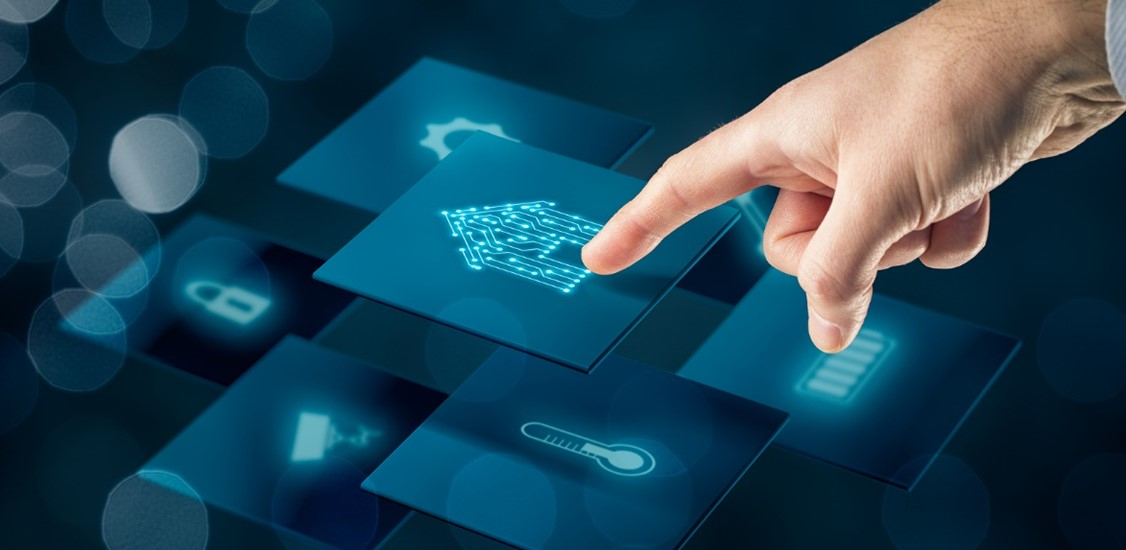For quite some time now, our R&D department has been working hand-in-hand with our telco and cybersecurity customers to develop solutions for managing and securing 5G networks. Given the depth, scale and long-term nature of the 5G transition, I've always considered this work to be important and rewarding.
However, now, as I write this blog from home in the midst of the coronavirus pandemic, our 5G work has taken on a new significance. It has suddenly become obvious just how vital the communications infrastructure we often take for granted is to our personal and professional lives, and just how important a successful 5G transition could be to us all. Here are just a few of the observations I have made since my family and I have been in confinement:
Distance learning deep dive
Working for a tech company with generous telecommuting options means that working from home is not new to me, but it has been interesting to watch my kids and their teachers jump into the deep end of distance learning.
There’s been a learning curve as they’ve cycled through three different education platforms, each with its own particular content sharing and communication tools. But they’re rapidly building practical IT skills, and have become adept at distance learning, which will no doubt be a regular part of their future academic and professional lives – aided no doubt by 5G networks and virtual and augmented reality.
Watching them go about their new daily digital school life has also made me acutely aware of what a privileged position they are in. They live in a house with an abundance of laptops, tablets, smart phones, and a high-speed Internet connection.
But what about all the students who lack these things at home, and can’t visit libraries and community centers where they could otherwise access them? It’s a concern that leads me to another 5G promise: the possibility of universal Internet provisioning.
Closing the digital divide
Beyond distance learning, access to information and communications technologies (ICT) has been proven to expand financial inclusion, reduce poverty and improve health in the least developed countries (and in underserved areas in highly developed countries). This is why the United Nations established universal ICT access as one of its 17 Sustainable Development Goals.
With 5G, there is a real possibility that access to ICT will be extended to unserved or underserved areas. New 5G common standards will make it feasible to develop affordable three-dimensional integrated networks encompassing terrestrial, airborne and satellite communications.And extensive edge computing will make it possible to deliver rich media across low bandwidth connections to mobile phones, meaning to about 80% of people in the world. Now, I’m not sure what purely phone-based distance learning would look like, but I know that 5G can help make it a reality.
Telemedicine arrives!
Our family had its first experience with telemedicine this week. One of my kids had a scheduled consultation with our doctor. With enforced confinement, they were shifted to the digital platform that we usually use just for scheduling appointments.
In our first telemedicine session, we were able to easily exchange medical information both vocally and digitally, and the consultation itself was surprisingly intimate. With the laptop set up on the kitchen table, and a good audio and video connection, it was like the doctor was sitting down with us for an at-home family chat. It was a first for the doctor and for us, and it worked like a charm.
Now think about the possibilities for enhanced and expanded telemedicine with 5G, and what that will mean for underserved communities. Think also about the difference it could make for everyone in exceptional circumstances - like today’s pandemic or during natural disasters, when travel is restricted, and care must be triaged.
Crisis communications & social isolation
Speaking of crisis situations, it’s been vitally helpful to receive alerts by text message and email, and to have access to government portals to stay abreast of news, evolving guidelines and resources. Access to social media and videoconferencing has also become vitally important in helping everyone cope with the social isolation that accompanies disaster situations. It will be good – and in many cases lifesaving - to see new platforms emerge and ICT access expand under 5G to meet these special needs.
 The author, Harold Labruyere, organizing a Zoom meeting
The author, Harold Labruyere, organizing a Zoom meeting
Economic & environmental resilience
While we are all currently living through an exceptional event, the frequency of outbreaks and spread of disease have actually been rising steadily. According to the World Health Organization, the World Economic Forum and other like institutions, this increase is being driven by factors such as globalization of travel and trade, high-density living, deforestation, human displacement, and climate change.
While the success of countermeasures (e.g., vaccines, antivirals, antibiotics) have helped to mitigate the impact of disease outbreaks, we are witnessing some of the limits of those countermeasures and the weaknesses of basic pandemic response in individual countries. We have an opportunity (again) to learn from this tragic event, and to prepare ourselves for similar disruptions due to future epidemics, or other crises like environmental disasters.
Better yet, we also have an opportunity to leverage technological advances like 5G to mitigate such events. At a technical level, 5G is capable of delivering high speed, ultra-reliable and low-latency communications and massive connectivity. At the applied level, this means 5G can help make some promising mitigation solutions a reality.
For example, it could provide the infrastructure needed to develop Internet of Things/Industrial Internet of Things-based solutions for natural resource conservation and greenhouse gas emissions reduction. Examples include smart agriculture, smart water management, smart energy, smart factories and smart buildings.
It could help us limit travel through distance work, training, and education. It could stimulate the development of smart systems that help build resilience into local water and agricultural systems to prevent the failures which are the source of so much displacement and suffering.
And, 5G will also be able to support a much larger network of critical emergency communications and coordination systems that are, at present, far too unevenly available in the world.
Of course, all this is not to say that we won’t also all enjoy the media and entertainment enhancements that will come with 5G. We will. Thoroughly. But as this pandemic whirls around us causing a heart-wrenching loss of lives and livelihoods, it is the more profound, deeply transformational potential of 5G which is on my mind.




















